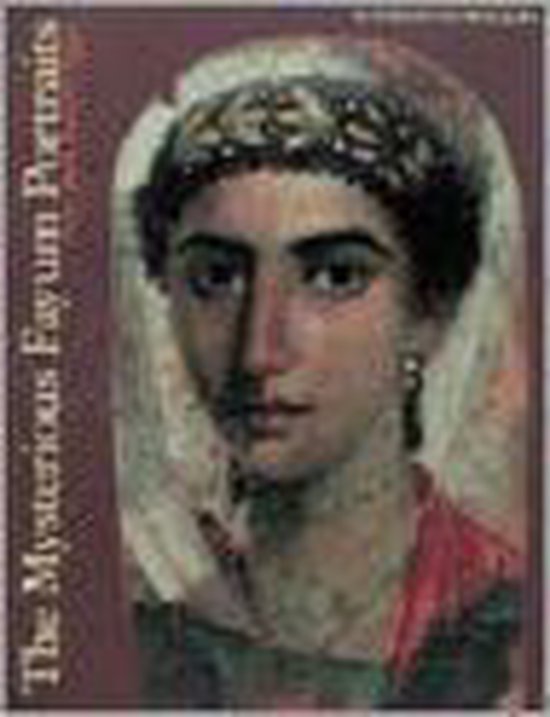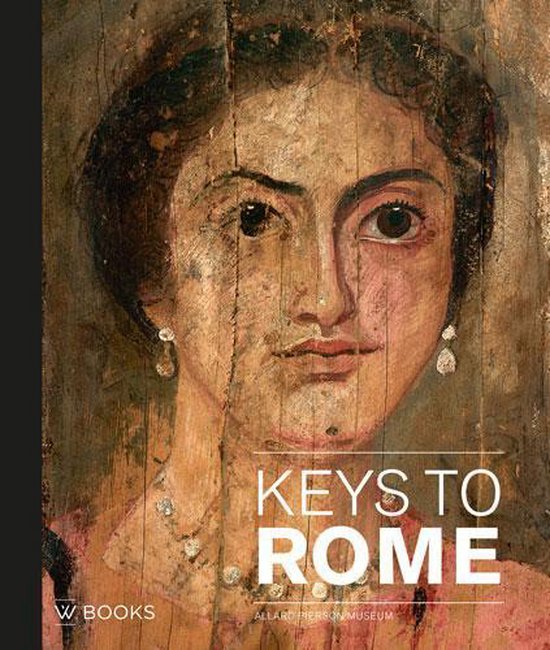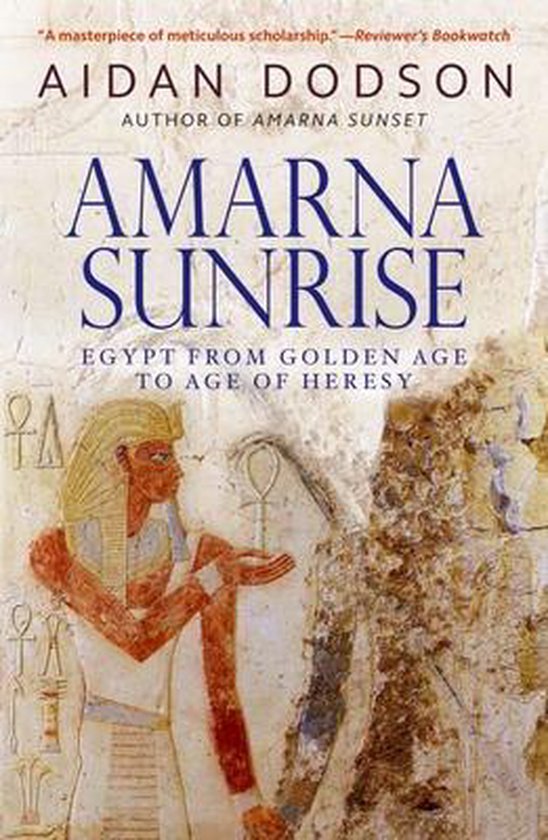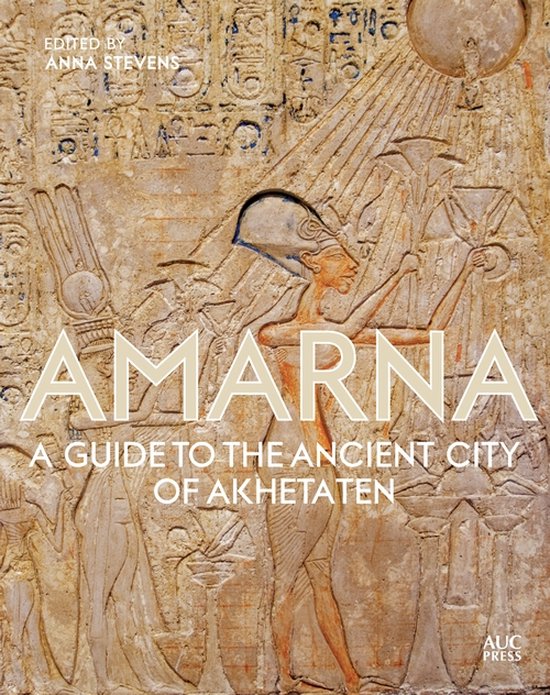
The Mysterious Fayum Portraits
In the first three centuries A.D., in a fertile district of Roman Egypt called the Fayum, a diverse community of Greeks, Egyptians, Romans, Syrians, Libyans, Nubians, and Jews flourished. These people, and many of their contemporaries throughout the Nile Valley, embalmed the bodies of their dead and then placed over the faces portraits painted on wooden panels or linen. These paintings, today known as Fayum, or mummy, portraits, were created to preserve the memory of each individual.
The Fayum portraits are by far the most important body of portraiture to have survived antiquity. Reproduced in this arresting book are some 180 of the finest of the more than 1,000 extant images - of men, women, and children, young and old, plain and beautiful - all of whom seem uncannily alive. A few of these faces have become familiar to scholars and museum-goers, but as a whole they have been neglected by art historians and will be new to most readers.
The Fayum portraits are by far the most important body of portraiture to have survived antiquity. Reproduced in this arresting book are some 180 of the finest of the more than 1,000 extant images - of men, women, and children, young and old, plain and beautiful - all of whom seem uncannily alive. A few of these faces have become familiar to scholars and museum-goers, but as a whole they have been neglected by art historians and will be new to most readers.
| Auteur | | Euphrosyne Doxiadis |
| Taal | | Engels |
| Type | | Hardcover |
| Categorie | | Kunst & Fotografie |





